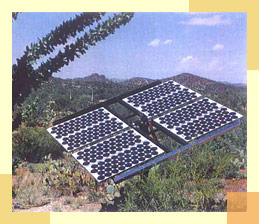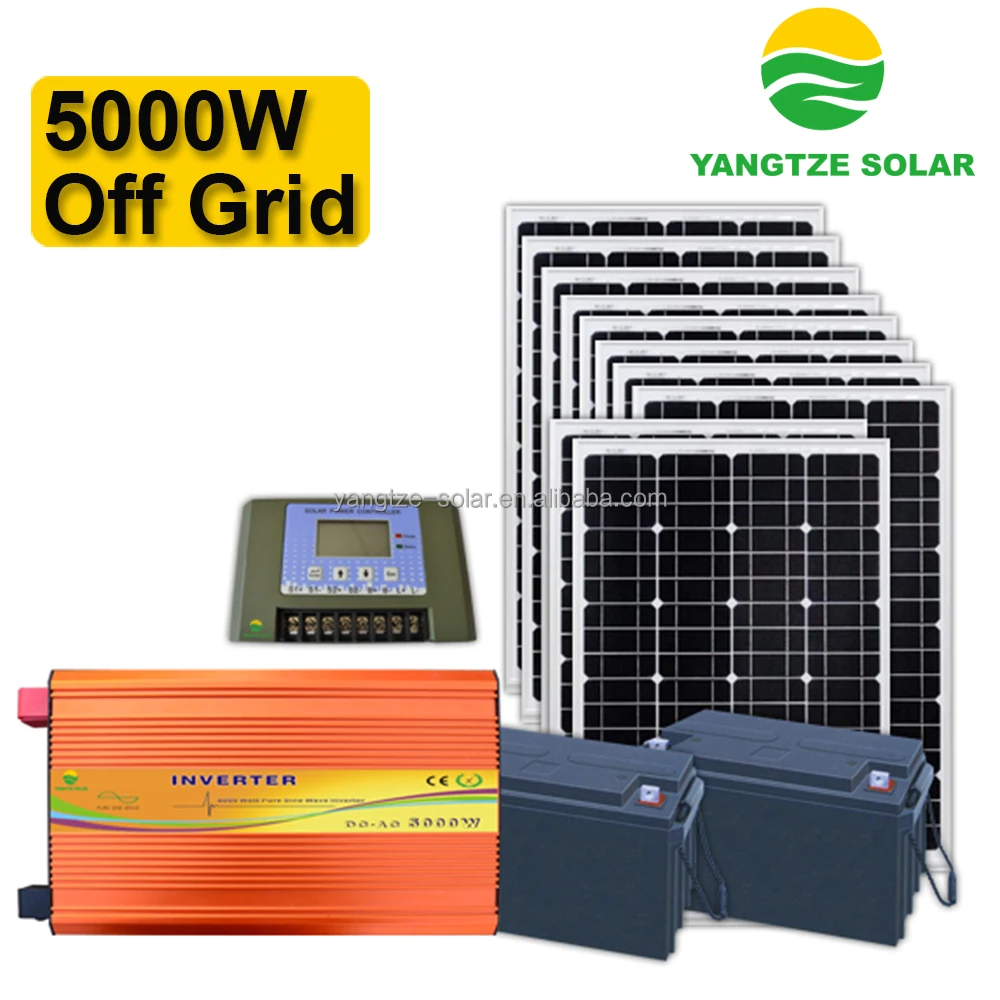

System monitoring can provide basic performance data for the system and may include power, energy and possibly service information or advanced diagnostics. Other optional components, such as solar tracking devices or various system-monitoring devices, can be added to any of these systems. Usually, systems that are larger than 10 kW are more effective as grid-tie systems, which is an electrical generating system that is connected to the electric utility grid (discussed in next Section). The power output can range from less than 1 W for a small calculator to over 10 kW. Variations of the configurations in Table 1 are common, so the table is the only representative of these systems. Table 1 shows five configurations for stand-alone PV systems, in increasing system complexity. Stand-Alone Solar PV System Configurations The most common output voltages for small systems are 12 V or 24 V, with 48 V and higher used with larger systems.Īs in the case of any electrical system, national electrical codes and general electrical safety rules, including manufacturer’s recommendations for wire size, grounding, and required environment for the various components, need to be followed.ĭepending on the application and the electrical power requirements for the load, most stand-alone PV systems include a battery for supplying power when there is little or no solar input.įor certain basic applications, such as an attic fan or some water-pumping applications, a battery backup is not required, saving the cost and maintenance of batteries. In general, stand-alone systems make sense for powering equipment that does not require a huge amount of power, such as lights or small appliances. Stand-alone systems can have a DC or AC output, which is determined based on the load requirements. By definition, all grid-free systems are stand-alone systems. Grid-free systems do not have any input or output to the grid. Solar electrical systems can be used to supplement grid power.



Stand-alone solar electric systems do not supply power to the electric utility grid but can use the grid as an input to back up the system. They are typically used for low-power applications and are often used where power is otherwise unavailable, such as in certain rural areas and remote locations where the utility grid is not readily accessible.įigure 1: A remote traffic sign with warning lights is an ideal application for a stand-alone solar power system. Since this customer already had reliable tractors on his site, we set up a PTO generator to charge his battery bank.Stand-alone systems can range from a simple DC load that can be powered directly from the PV module to ones that include battery storage, an ac inverter, or a backup power supply. Water heaters are one of the most power-hungry appliances in a home, so by using the Smart Load function we diverted access solar energy to the heat the water tank, making this system more efficient and minimizing the load being put on the solar inverter. The Sol-Ark 8k’s Smart Load feature is a diversion load controller that we used to help heat the cabin’s water. We advised him on ways to make his off grid solar system more efficient, and were thankful that he took our advice! This 11.2 kW off grid solar system will run the entire cabin, but we also utilized the Sol-Ark 8k’s Smart Load feature to make this system even more efficient. Our team took to the South to make this customer’s dream come true of having an off grid cabin. We love making our customers’ dreams come true and helping them make the best decisions along the way. Customer Goals: Live in an off-grid solar cabin


 0 kommentar(er)
0 kommentar(er)
